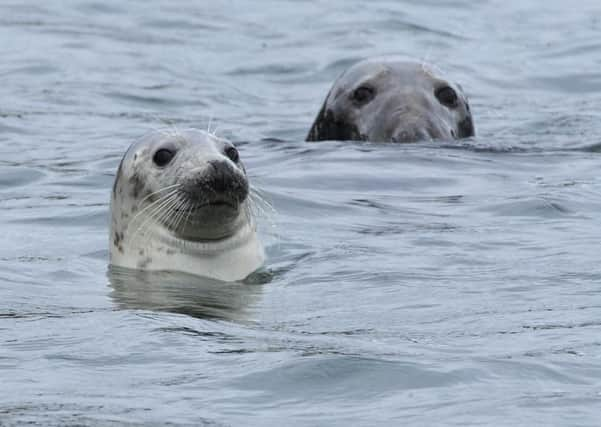Coquetdale, Wildlife Trust


Tim Mason gave the Coquetdale branch of the Wildlife Trust a wonderful illustrated talk on Wildlife in the Falklands.
Tim retired from teaching overseas in British military schools in 2008, but had taught in the Falklands for three-and-a-half years and had loved it.
Advertisement
Hide AdAdvertisement
Hide AdAscension is arid and dry, but annually huge green turtles swim from Brazil to lay their eggs.
East and West are the two main Falkland Islands, which are not barren and cold, but have much sunshine and a moderate climate. There is only one tree on the islands, which the crested caracara nests in, but the sea is beautiful and clean, if very cold.
The Falklands are the size of Wales and are home to 3,000 Falklanders and 1,200 British soldiers.
The main industries are fishing, oil and tourism.
The two main places to see wildlife are on the neck of Saunders Island and on Sea Lion Island. The former is home to 60% of the world population of the black bowed albatross. It has a 90-inch wingspan and breeds on mud nests. It has no fear of humans. Likewise, the penguins on Sea Lion Island are very inquisitive.
Advertisement
Hide AdAdvertisement
Hide AdThere are five different penguins on the island – the magellanic, gentoo, king, macaroni, and Tim’s favourite, the rockhopper penguins, which have more than 300,000 pairs there.
The islands are home to many birds and mammals, including the Falkland skua, king cormorant, birds of prey and seals.
Our next talk will be by Stewart Sexton on Moths – Howick’s Dark Secret, on Monday, November 7, at 7.30pm, in the Jubilee Hall.